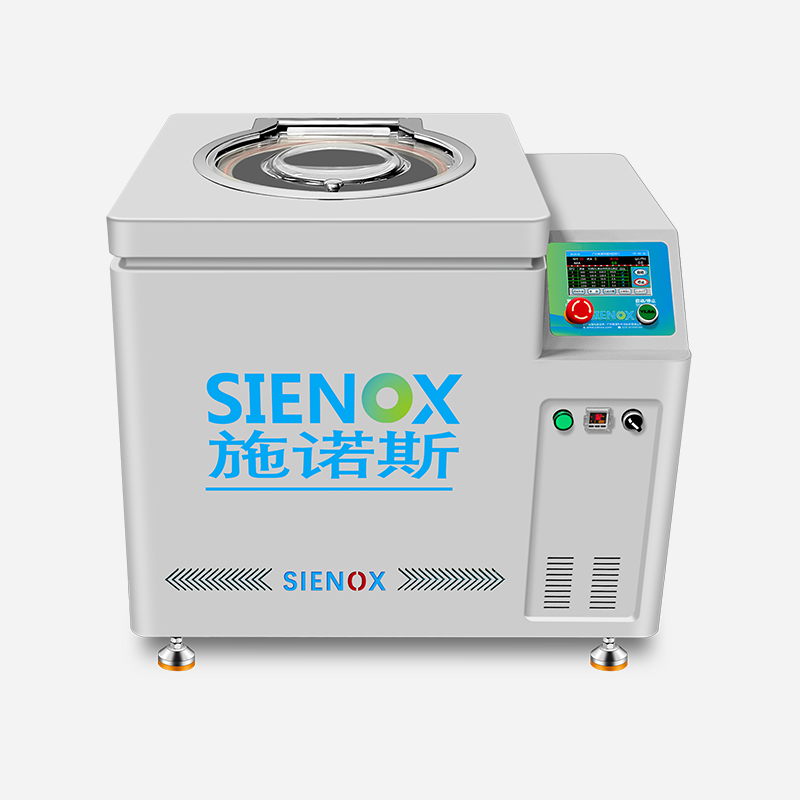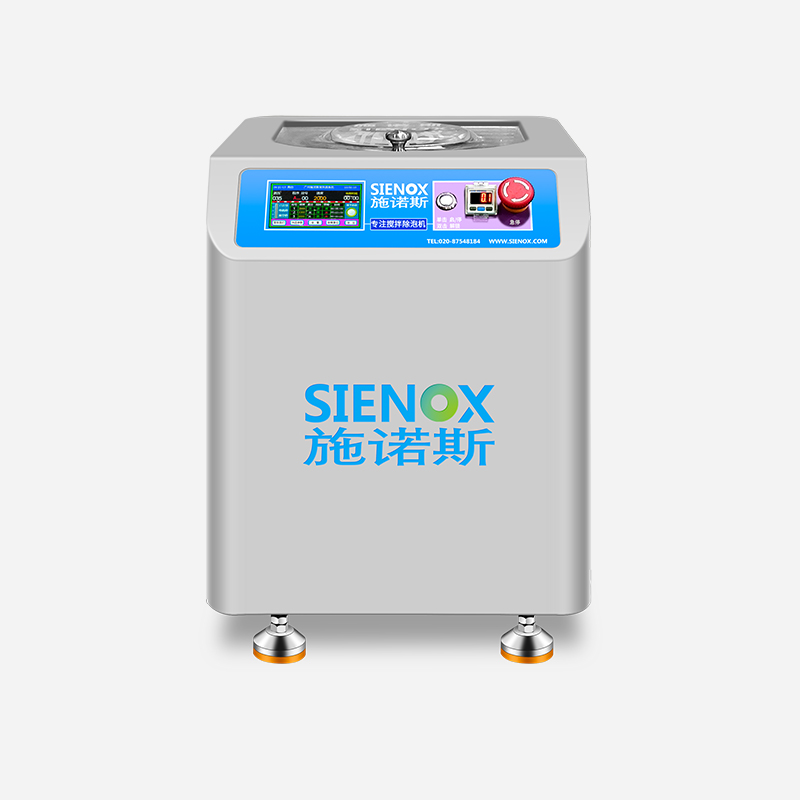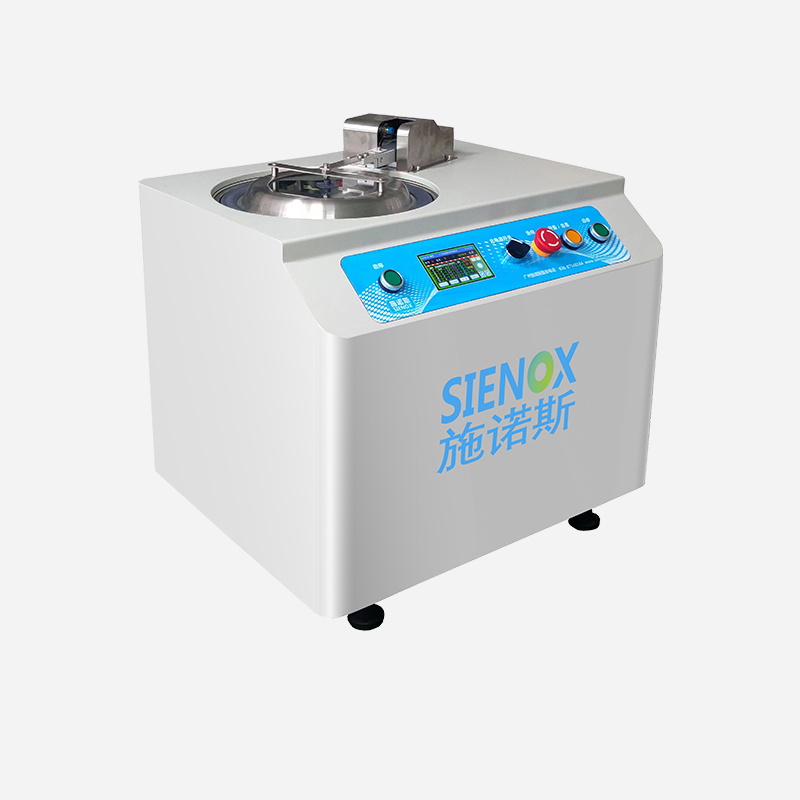
材料透视相机拍照分析

TEL:18925129293
Professional laboratory rental services.
date:2023-03-19author:超级管理员Material uniformity usually refers to whether the density distribution of the entire material is uniform and whether there are significant differences in the physical properties of different parts. If the material uniformity is poor, it may lead to excessive pressure in certain areas, resulting in damage or strain. For example, in the production of plastic products, the presence of suspended particles or other impurities in the plastic can lead to issues such as an uneven surface, fragility, or insufficient strength after molding. Near-infrared short-wave cameras can easily detect these problems by observing the uniformity of the internal structure of the material, identifying and preventing these issues in advance.
Bubbles often appear in non-metallic materials, especially during the production process. Factors such as moisture, chemical reactions, or vibrations can cause the accumulation of air or gas, leading to the formation of bubbles. Bubbles typically result in reduced overall strength, an uneven appearance, and a shortened lifespan of the material. Therefore, timely detection and treatment of bubbles are crucial in the manufacturing process. Through the technology of near-infrared short-wave cameras, the position and quantity of bubbles in the material can be accurately detected.
As a non-contact non-destructive testing technology, near-infrared short-wave cameras can visually observe the internal structure of non-metallic materials. It utilizes the interaction between near-infrared short waves and substances as they pass through non-metallic materials. Different components, densities, and gas contents in the material will exhibit different reflection and absorption phenomena with near-infrared short waves, resulting in distinct image effects.
When near-infrared short waves pass through non-metallic materials, they are influenced by the different characteristics of internal substances. If there are bubbles or poor uniformity in the non-metallic material, they will exhibit significant differences from the surrounding material, resulting in anomalies such as "white spots" or "black spots" in the image. By observing these anomalies, it is possible to determine whether there are issues within the material.















